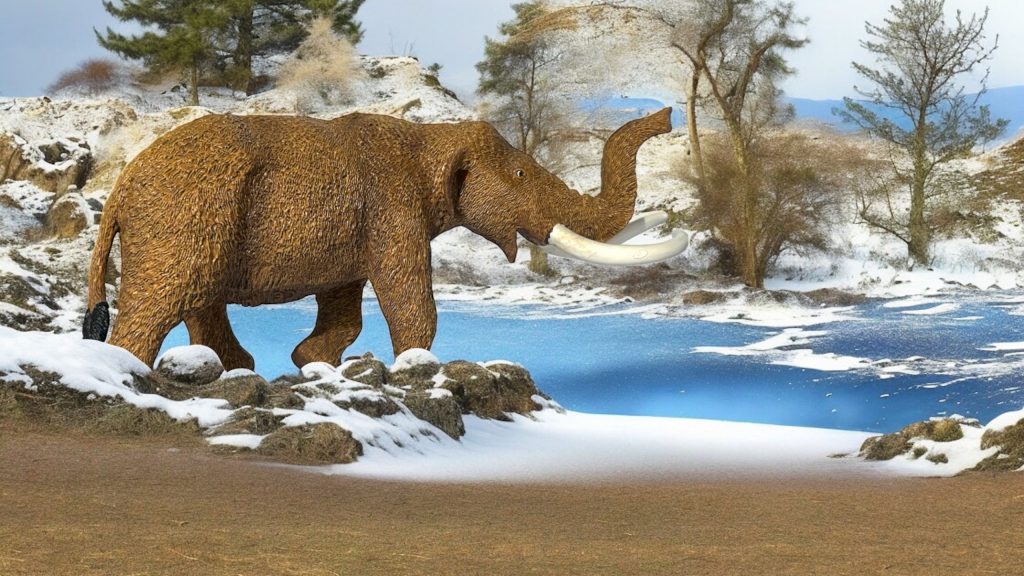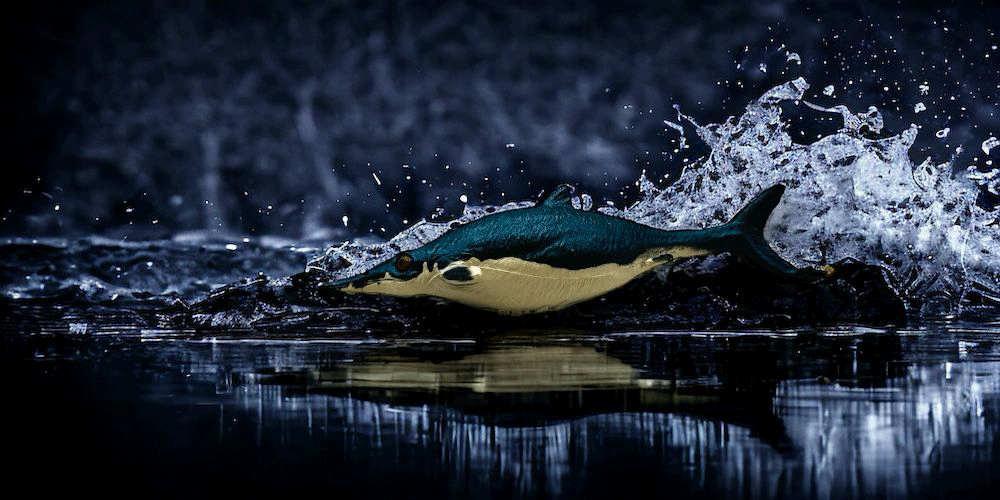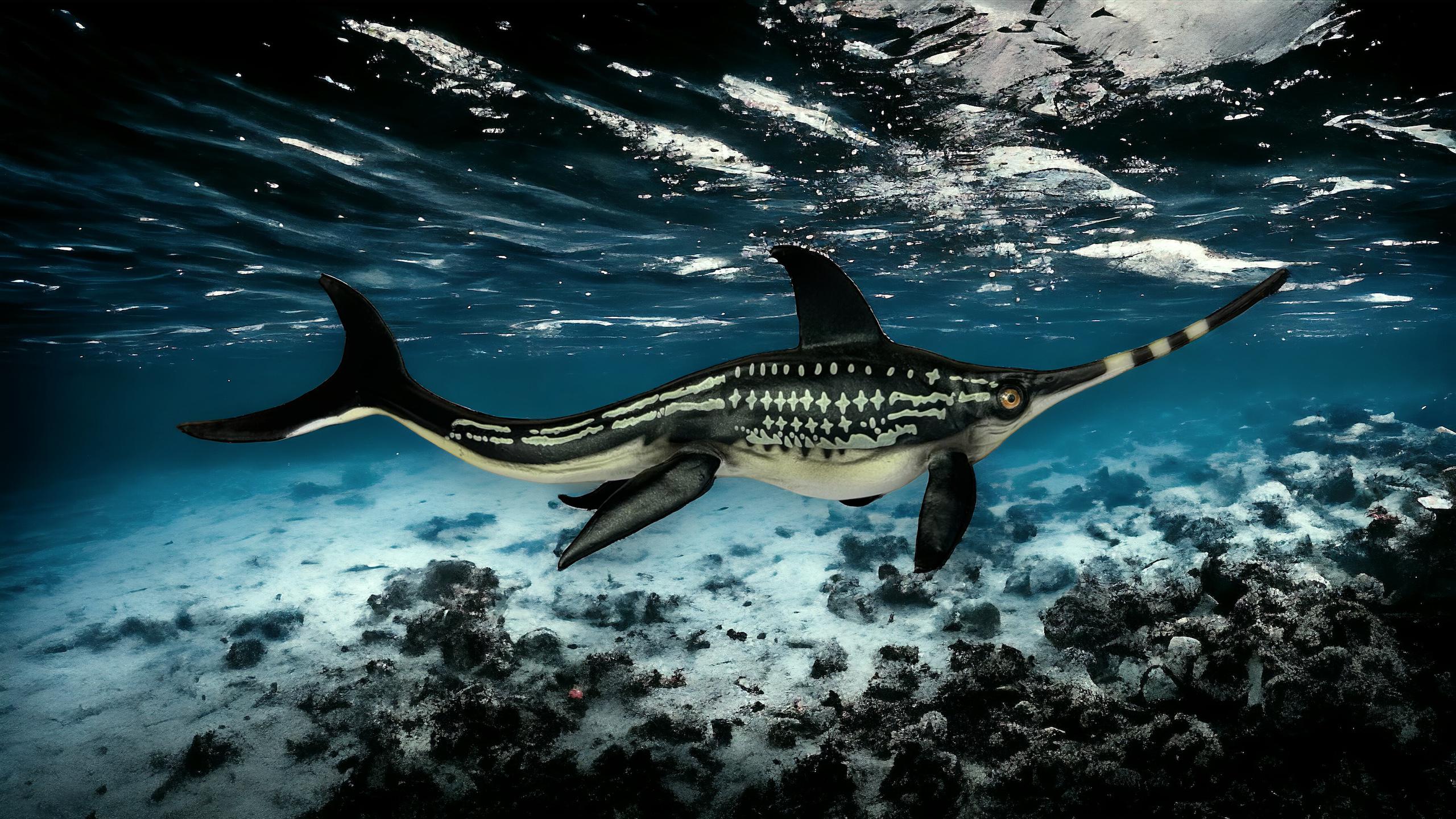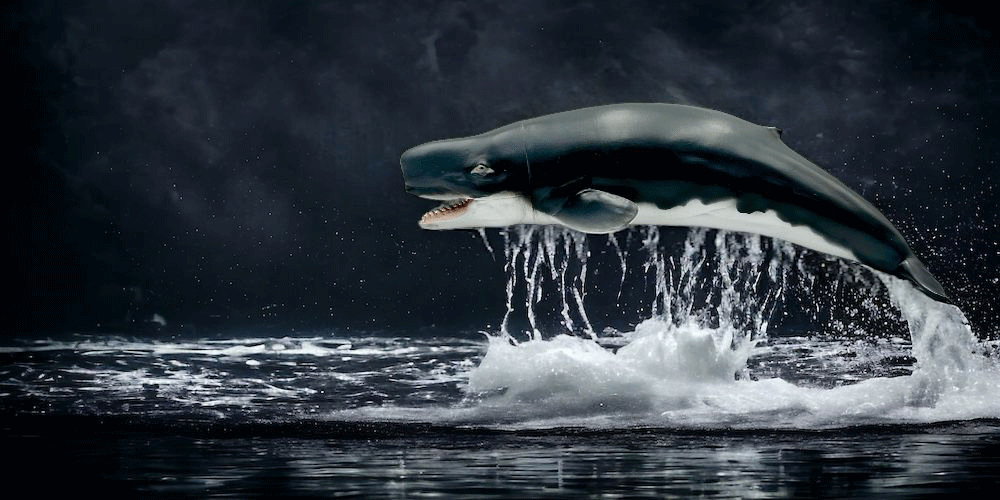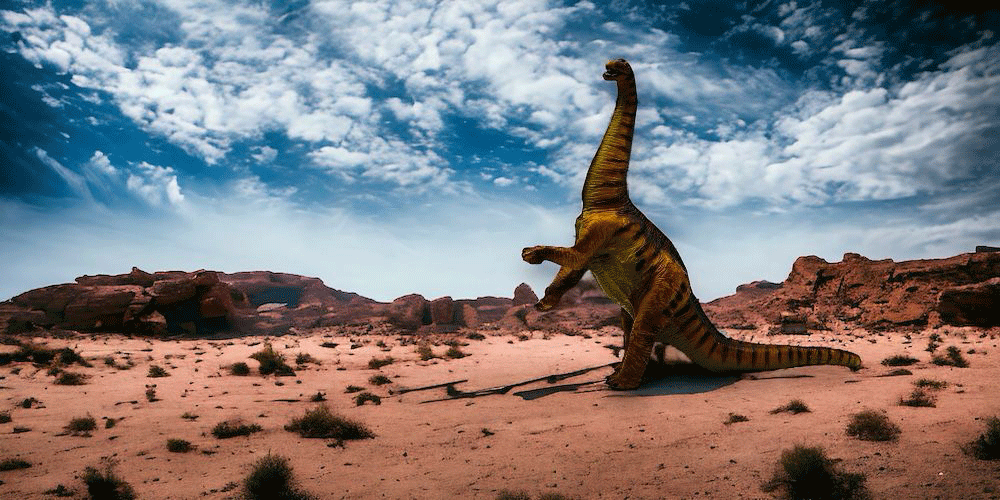Mastodon: The Prehistoric Giant That Roamed America
 Mastodon Figure by Safari Ltd.
Mastodon Figure by Safari Ltd.During the age of great mammals, mastodons were among the most impressive species to roam the Americas. Throughout the Pleistocene, these giant herbivores thrived in icy and forested landscapes, adapting to diverse ecosystems before going extinct around 10,000 years ago.
Often mistaken for mammoths, mastodons belonged to a different evolutionary lineage, with unique characteristics that set them apart from their more famous relatives. In this article, we will explore their history, features, the mystery behind their extinction, and their representation in collectible figures.
What is a Mastodon? A Giant of the Ice Age
Mastodons were proboscidean mammals, meaning they were distant relatives of modern elephants. Their name comes from the Greek mastos («breast») and odontos («tooth»), referring to the shape of their molars, which were adapted for chewing branches and leaves rather than grass.
These giants inhabited North and South America during the Pleistocene and disappeared around 10,000 years ago, coinciding with the arrival of early humans to the continent.

Discovery and Key Characteristics
The first mastodon remains were discovered in 1705 in the United States, when a large molar was found in the Hudson Valley. Later, in the 19th century, complete skeletons were unearthed across North America, solidifying their importance in paleontology.
📌 Key Facts About the Mastodon:
- Scientific Name: Mammut
- Period: Pleistocene (3.7 million – 10,000 years ago)
- Distribution: North and South America
- Size: Up to 3 meters tall and 5 tons in weight
- Diet: Herbivore, specialized in leaves and branches
- Differences from Mammoths:
- Mastodons had straighter and longer tusks.
- Their skull was flatter and more elongated.
- Their teeth were adapted for crushing branches, while mammoths’ teeth were designed for grazing on grass.
Despite their massive size, mastodons were peaceful creatures that likely lived in family groups led by females, much like modern elephants.
The Mastodon’s Habitat: Life in the Ice Age
Mastodons were highly adaptable and could be found in temperate forests, grasslands, and colder regions of North and South America. They primarily fed on branches, leaves, and tree bark, using their long tusks to strip vegetation.
They shared their environment with other massive mammals such as giant ground sloths, glyptodonts, and saber-toothed cats, forming part of a diverse ecosystem filled with predators and prey.


Extinction of the Mastodons: Causes and Theories
Although mastodons survived multiple climate changes, they vanished around 10,000 years ago. Several theories explain their extinction:
1️⃣ Climate Change: As the Ice Age ended, warming temperatures led to the disappearance of forested habitats, altering their food sources.
2️⃣ Hunting by Early Humans: Evidence suggests that early settlers in the Americas hunted mastodons, possibly contributing to their decline.
3️⃣ Diseases and Population Decline: A combination of habitat loss, human hunting, and disease may have reduced their numbers to the point of no recovery.
Regardless of the exact cause, the extinction of mastodons marked the end of an era for North and South American megafauna.
Mastodon Figures: A Great Representation in Miniature
Mastodons have been represented in various collectible figures, and one of the most notable is the Safari Ltd. model.
This figure beautifully captures the essence of the animal, from the thick fur texture to the long, curved tusks. It is an excellent example of how prehistoric creatures can be realistically depicted in high-quality models.
Highlights of the Safari Ltd. Mastodon Figure:
✔ Detailed sculpting: The skull shape and tusks are accurate.
✔ Realistic fur texture: Adds depth and volume.
✔ Proportions are well-balanced: Maintains accurate mastodon dimensions.
Possible Improvements:
🔹 Plastic-like coloration: While the figure is excellent, the paint job could use more natural tones for a more organic look.
Despite this minor detail, it remains one of the best mastodon representations in miniature and an essential piece for any prehistoric collection.



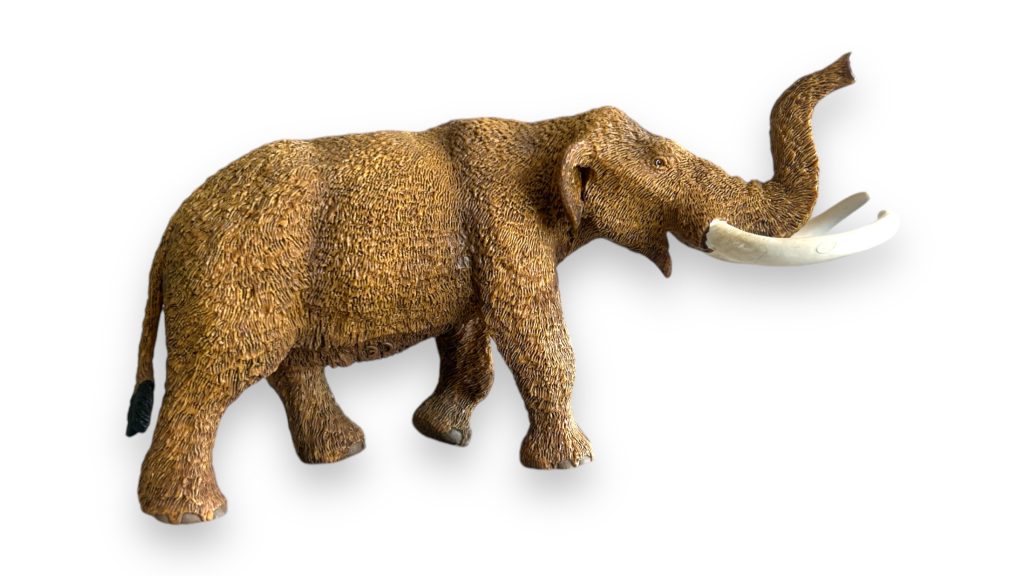
Fun Facts About Mastodons
- Are they ancestors of elephants? No, though they are distant relatives, mastodons belong to a different family than mammoths and modern elephants.
- What was the largest mastodon? Some species reached 3.5 meters tall and over 6 tons in weight.
- Where have fossils been found? Across North and South America, with significant discoveries in the U.S., Canada, and Argentina.
- Have they appeared in movies or games? While not as famous as mammoths, they have been featured in documentaries and some prehistoric-themed video games.
Conclusion: The Legacy of Mastodons in History
Mastodons were one of the last great proboscideans to inhabit the Americas, playing a vital role in prehistoric ecosystems. Their extinction marked the end of the Pleistocene megafauna, leaving a significant gap in the landscapes they once dominated.
Thanks to fossil discoveries and representations in collectible figures like Safari Ltd., we can continue to appreciate and remember these prehistoric giants.
Even today, mastodons remain a source of fascination for paleontologists and prehistoric enthusiasts, proving that their legacy still lives on in the history of evolution.
